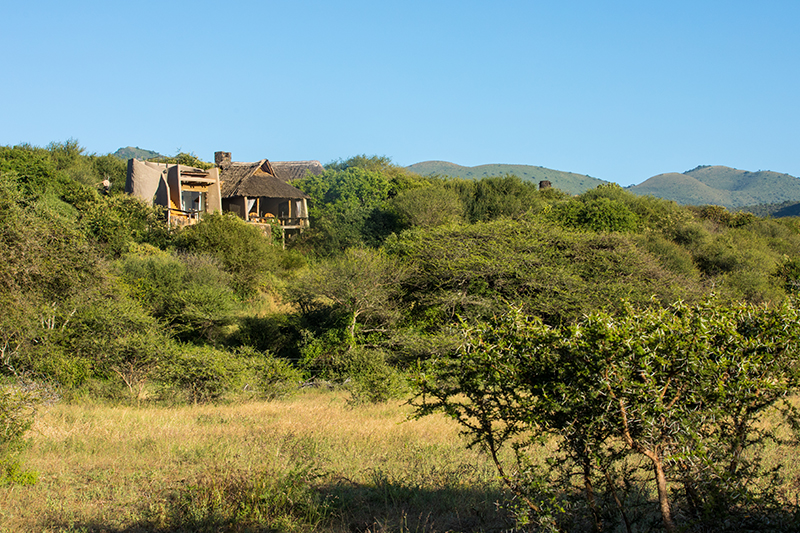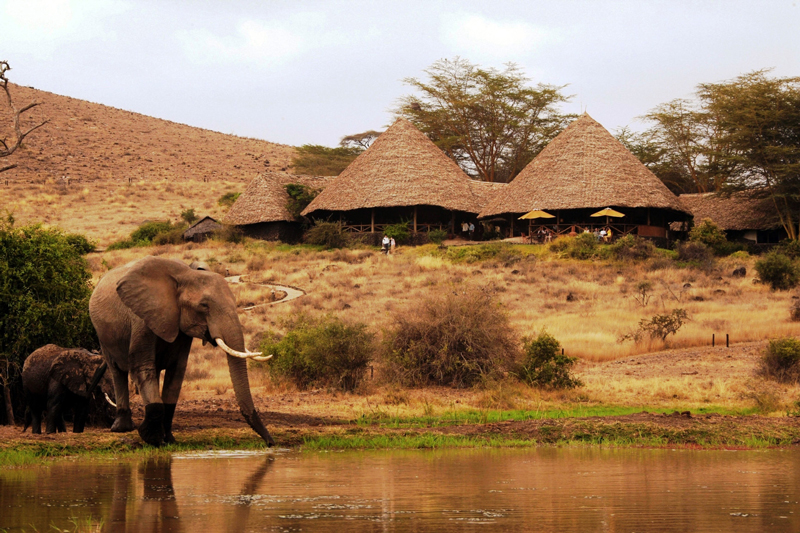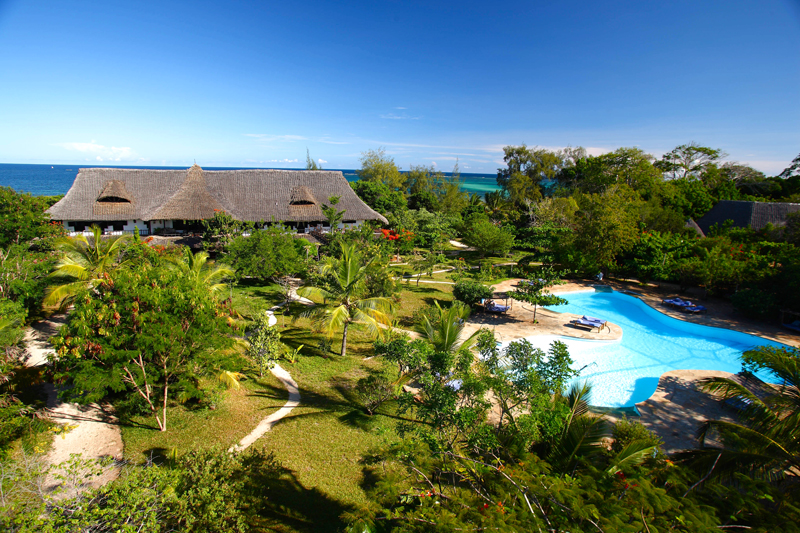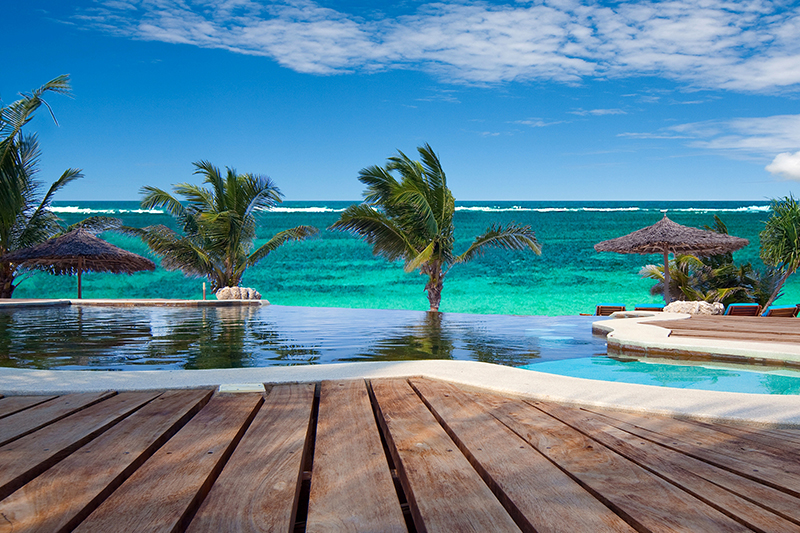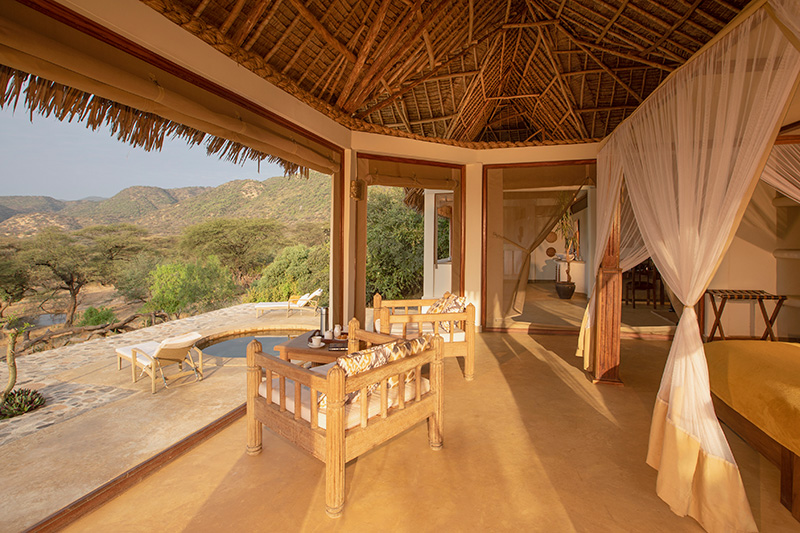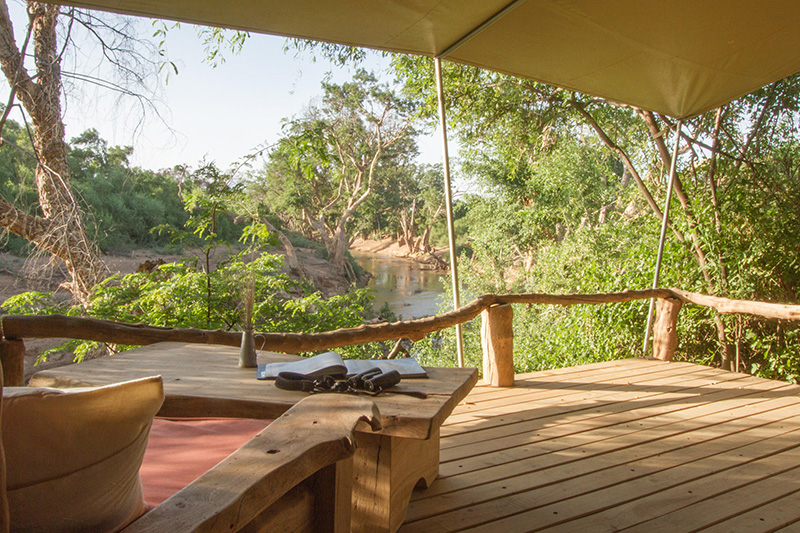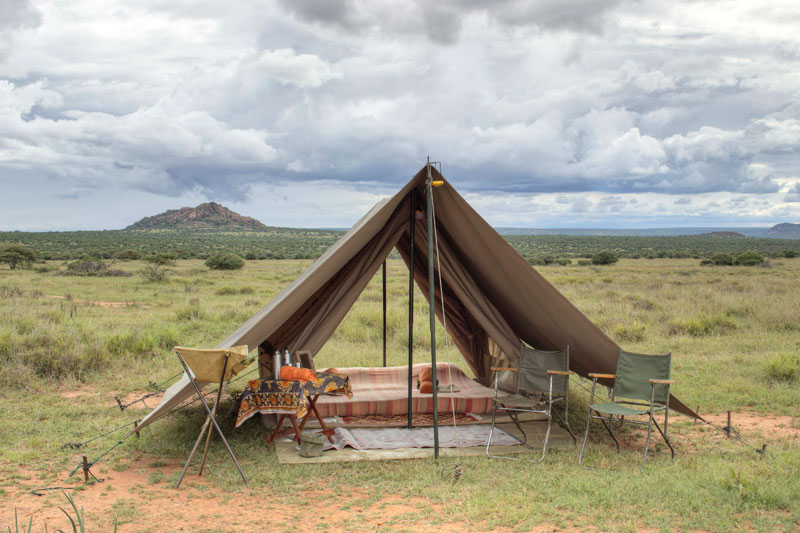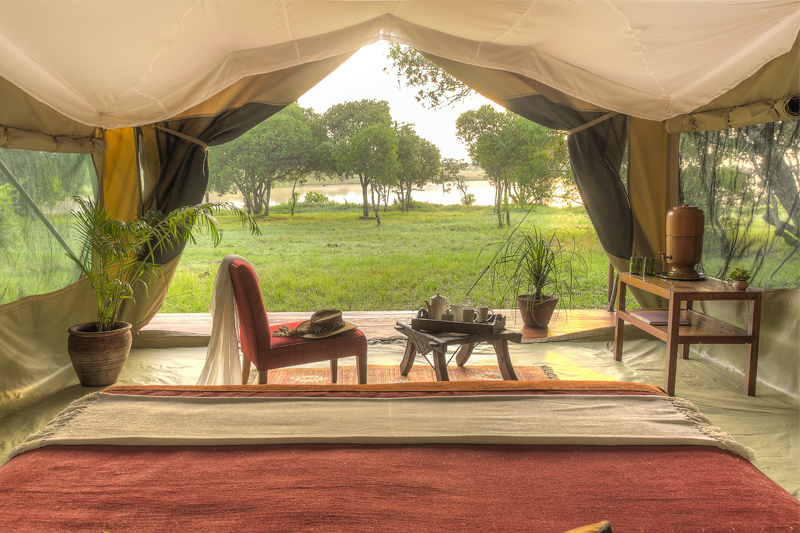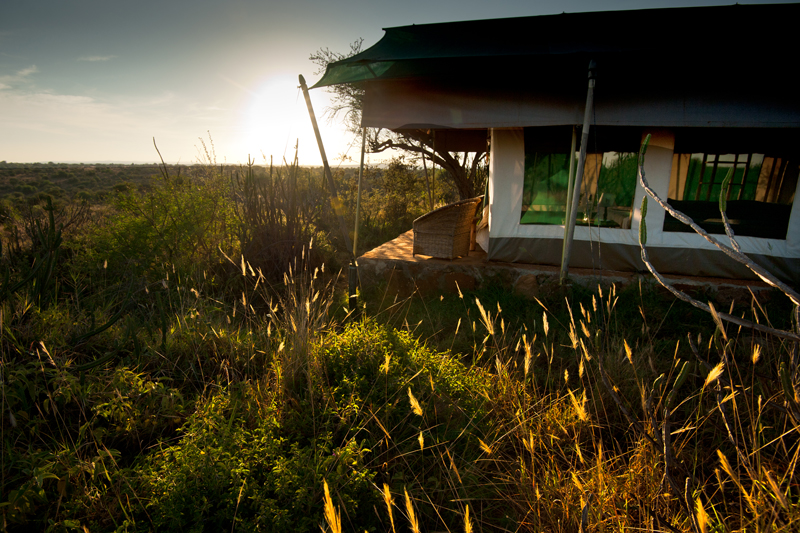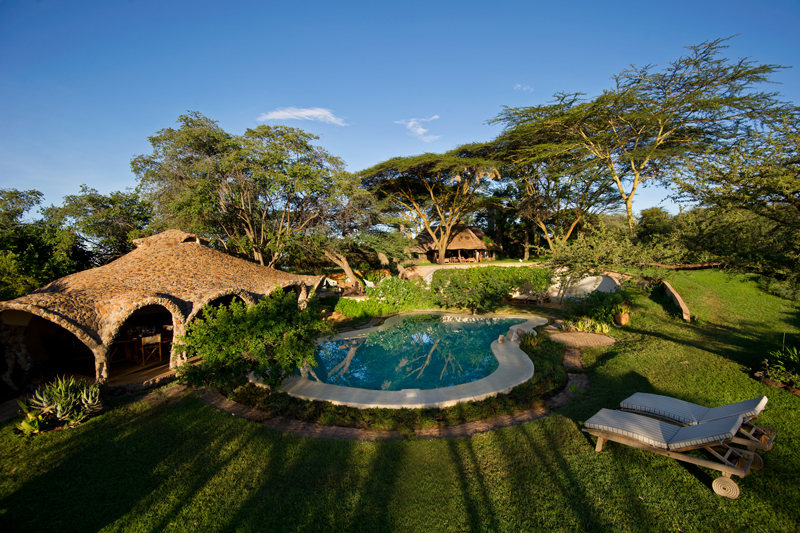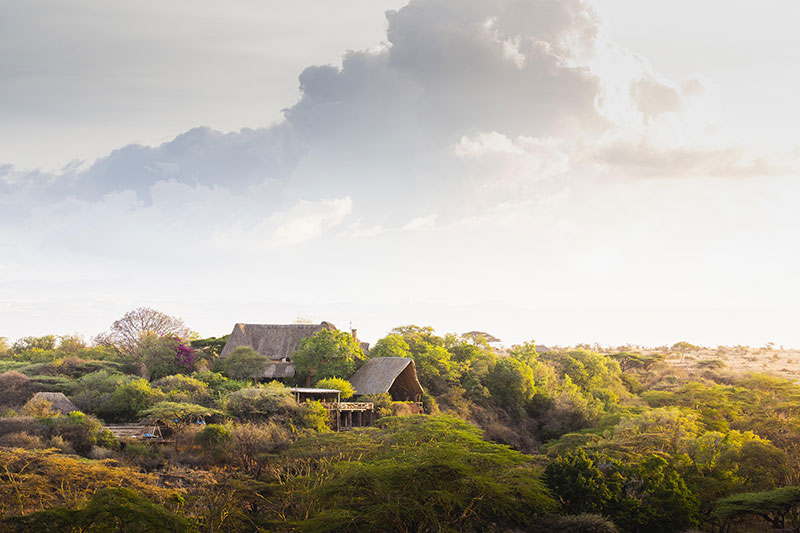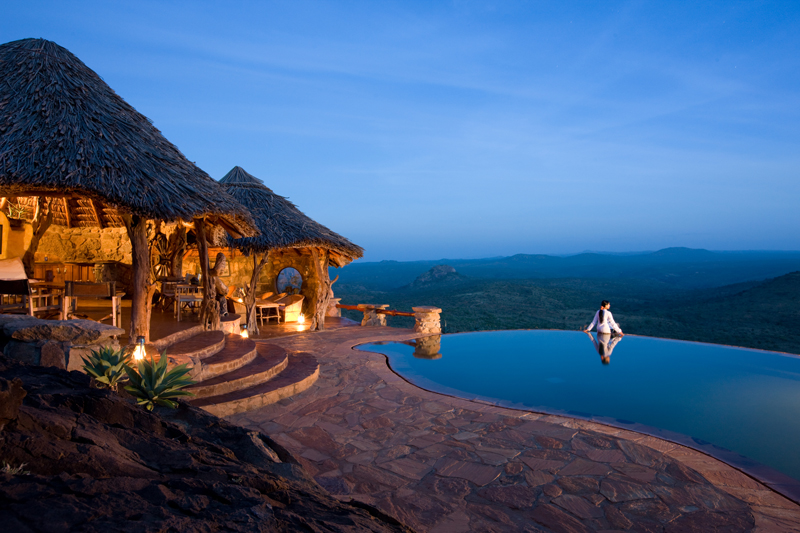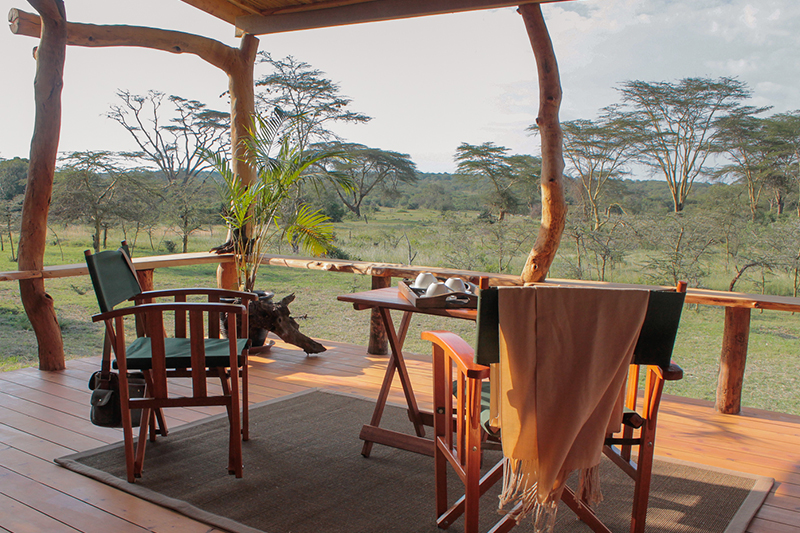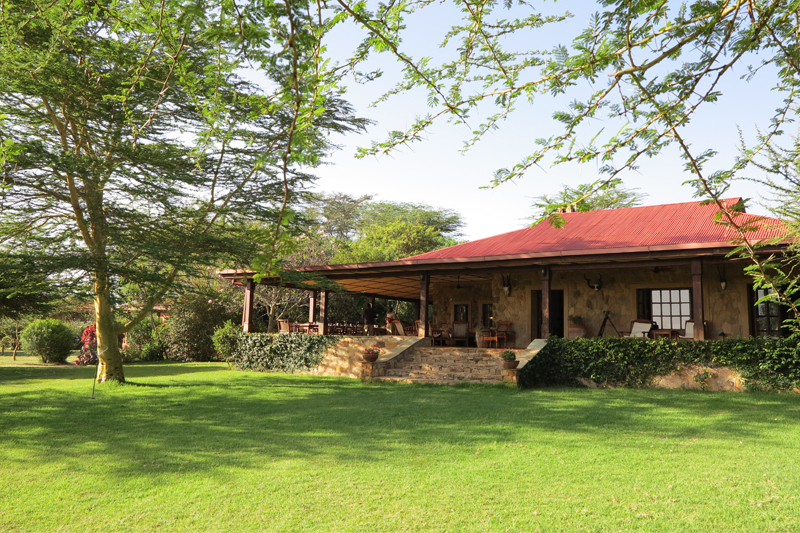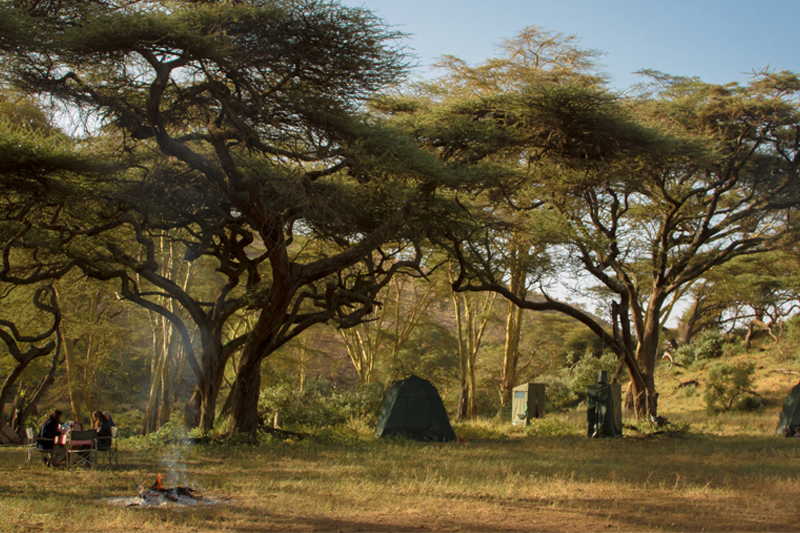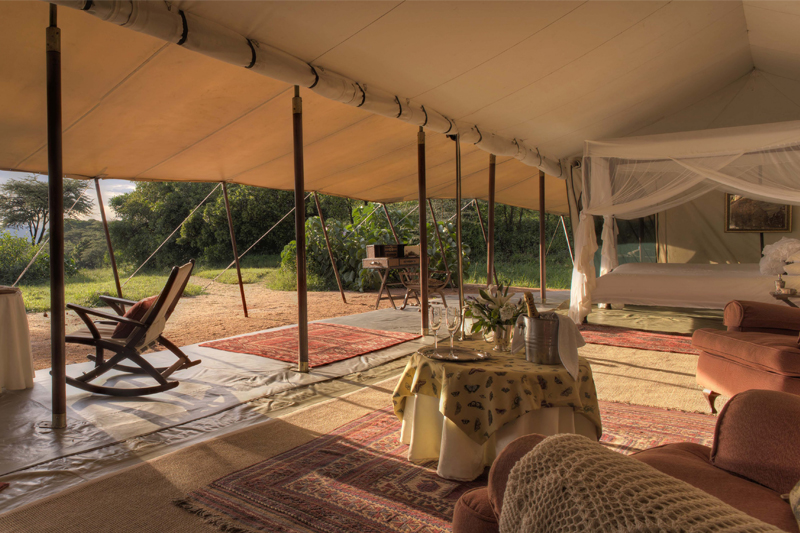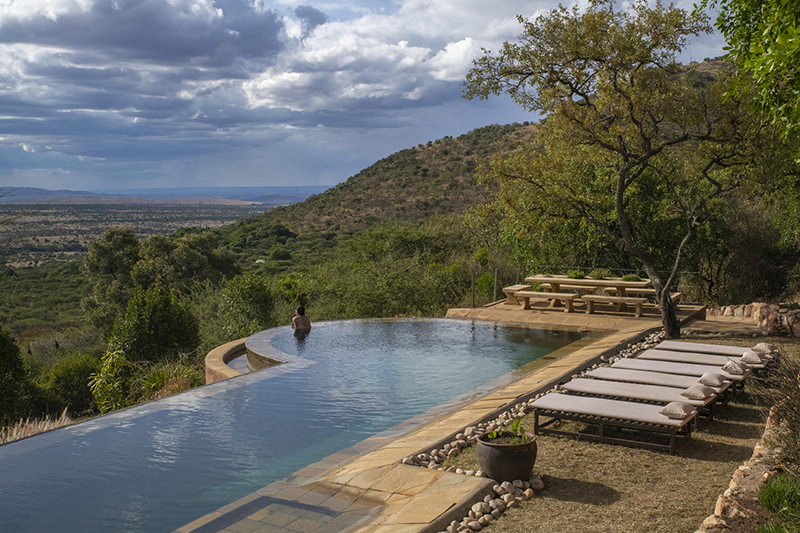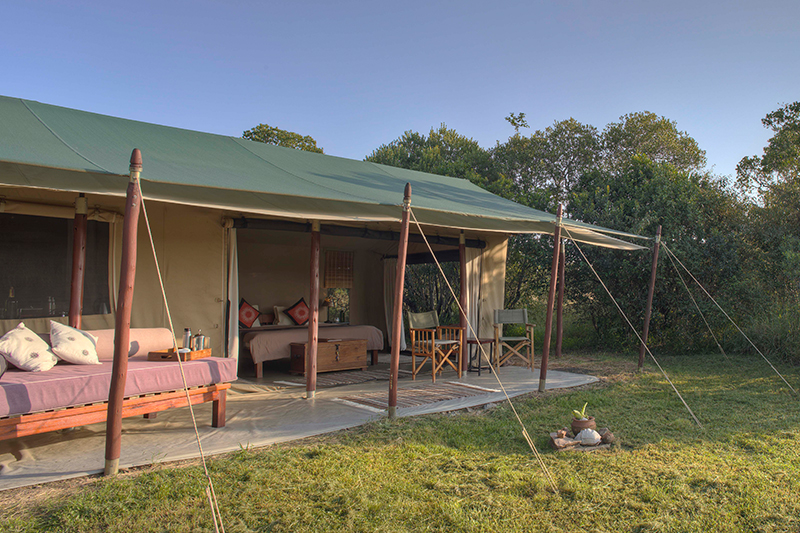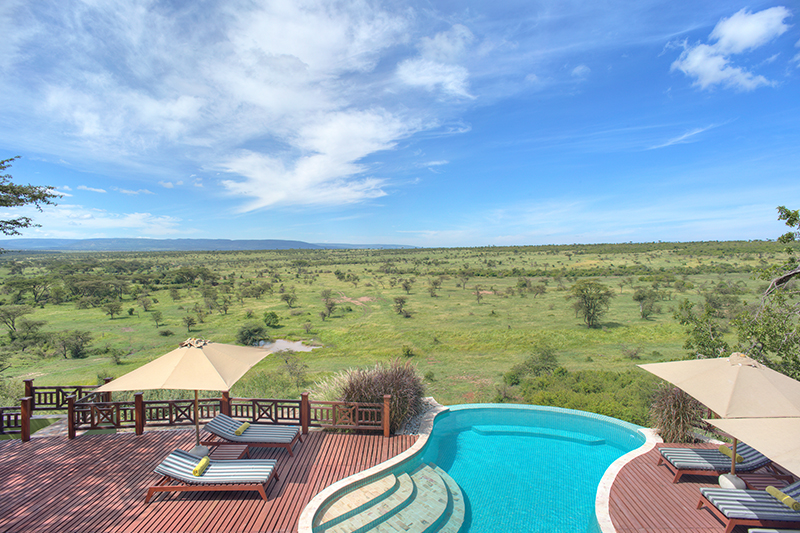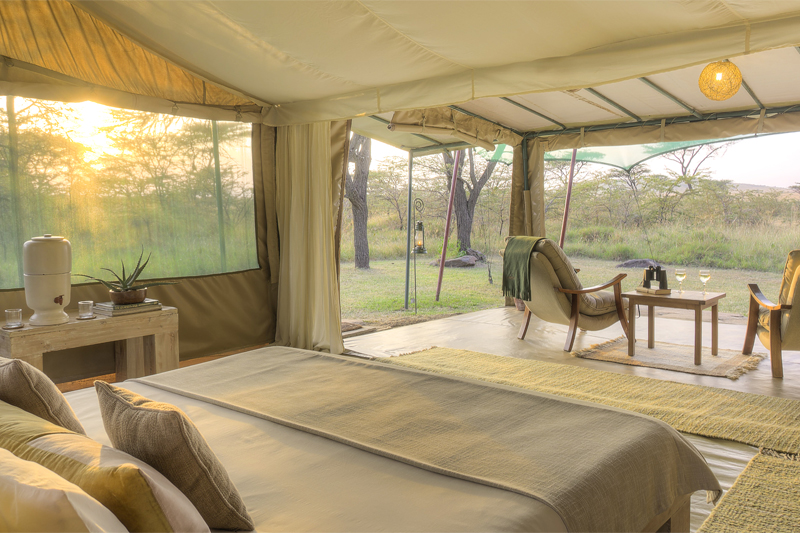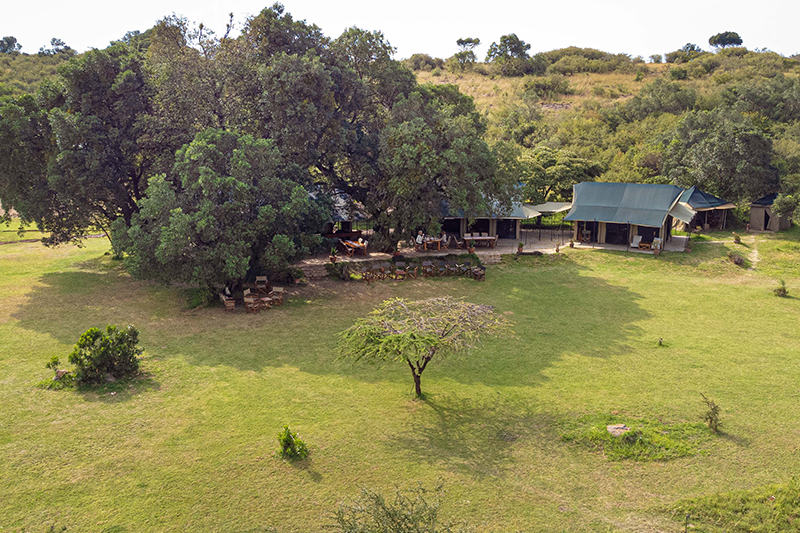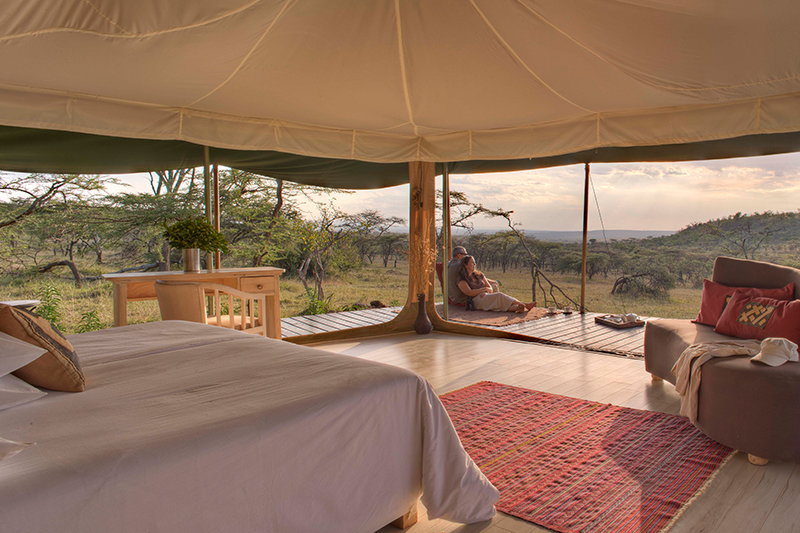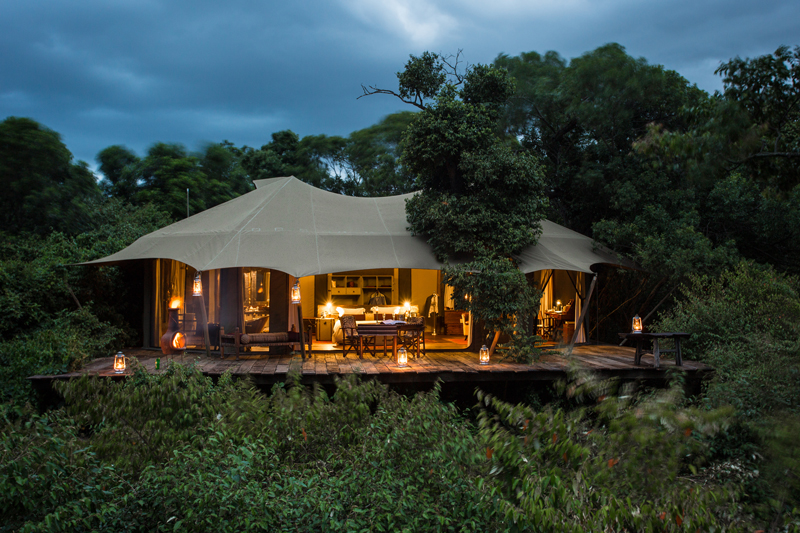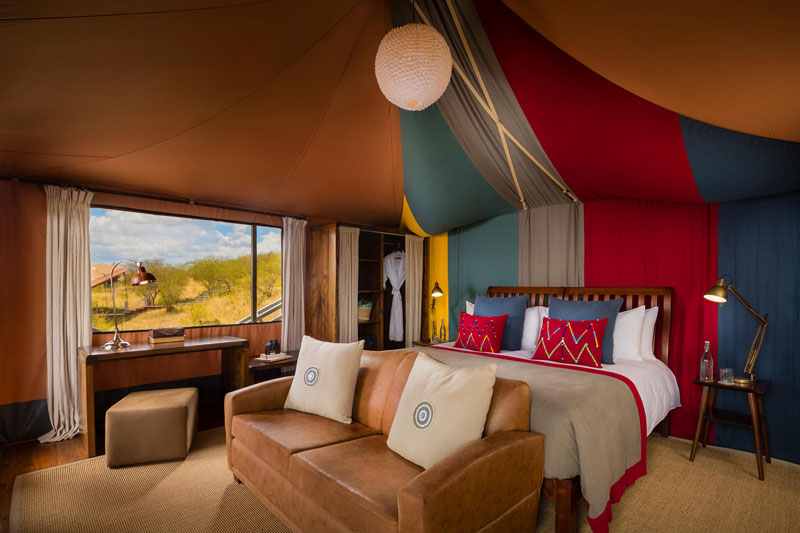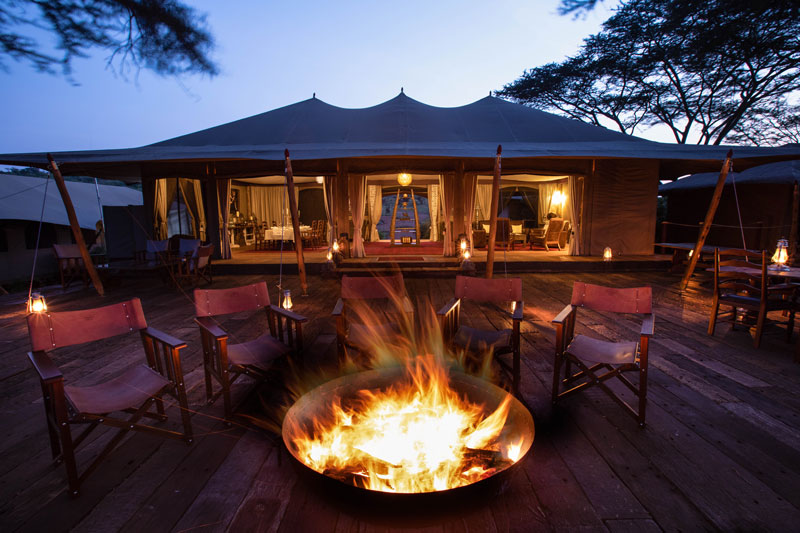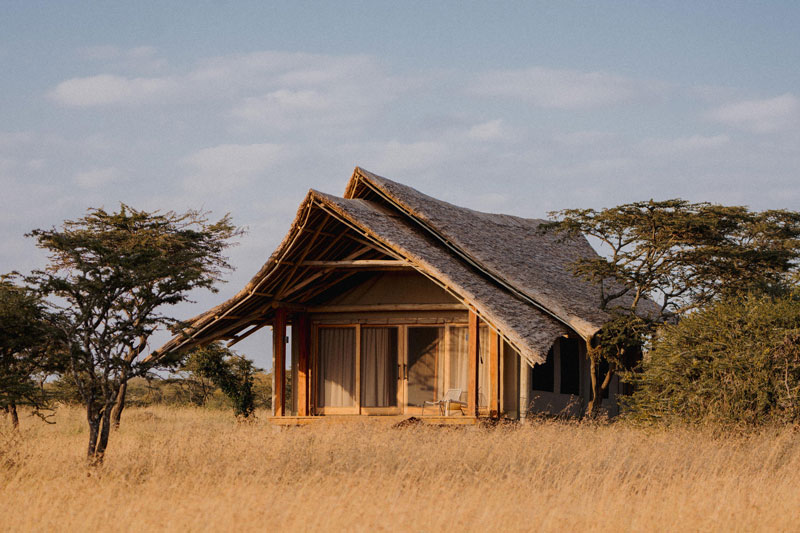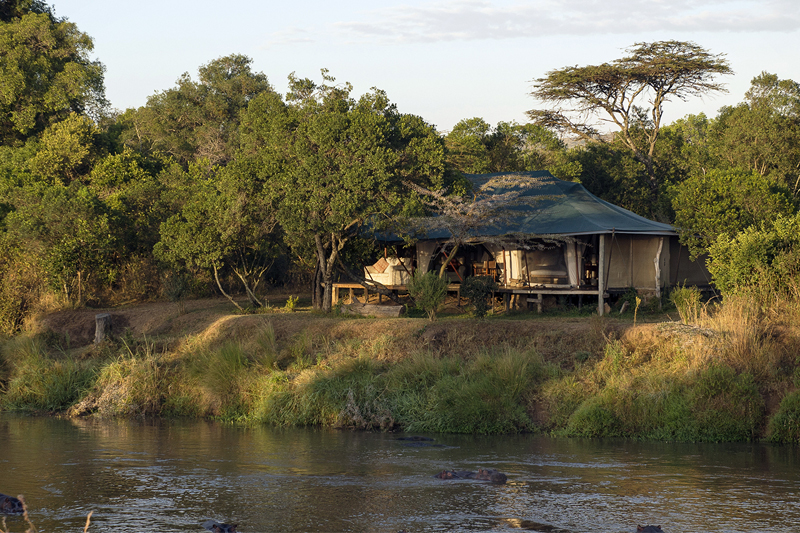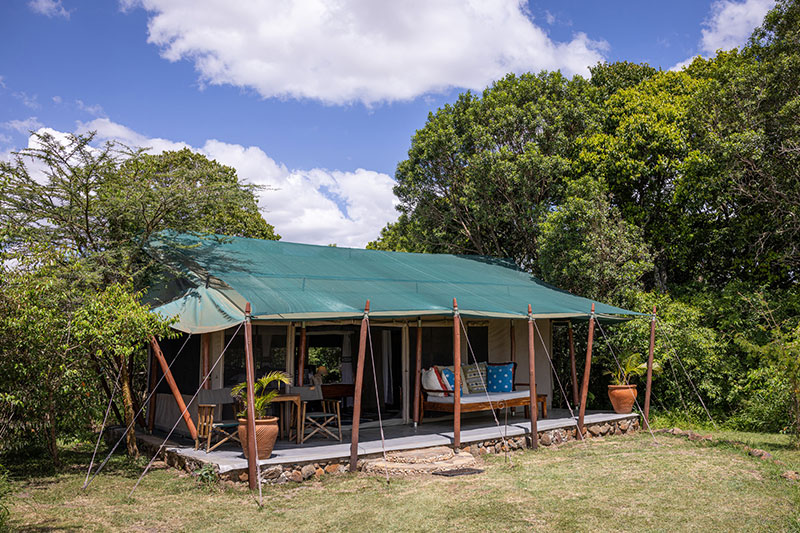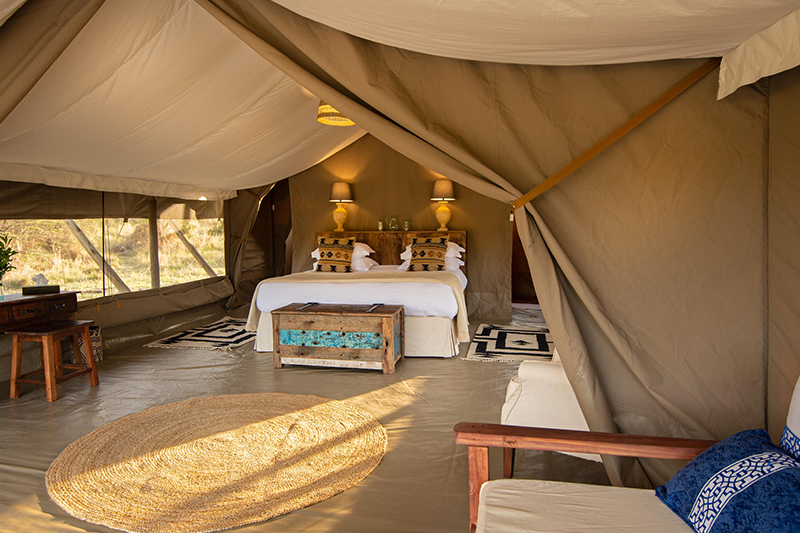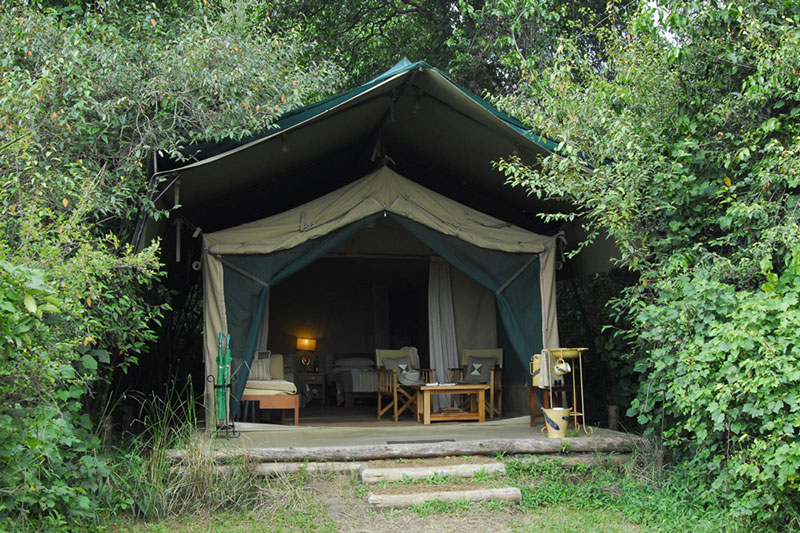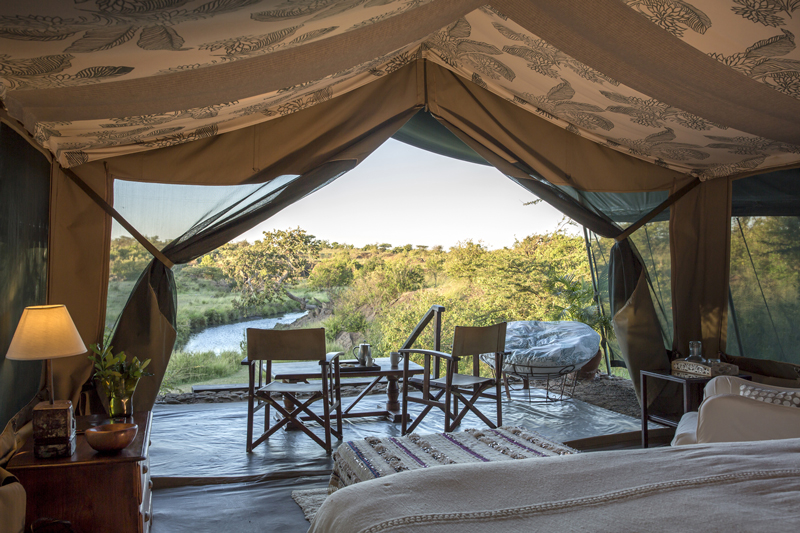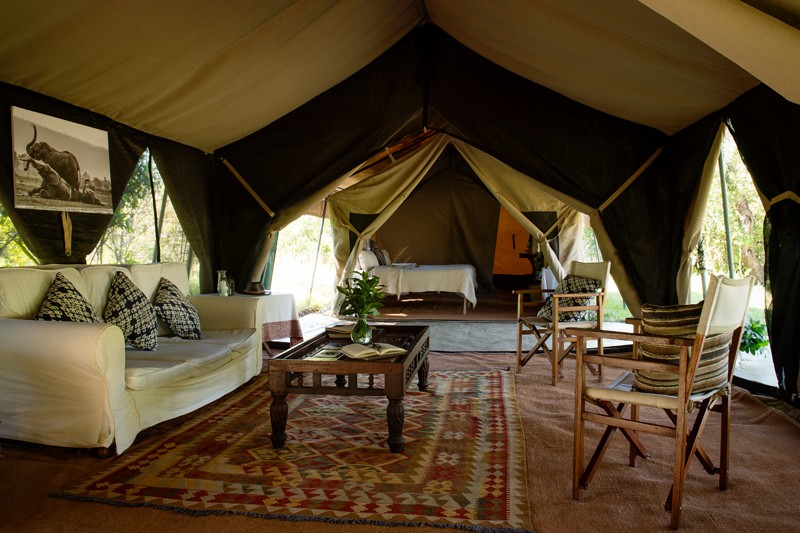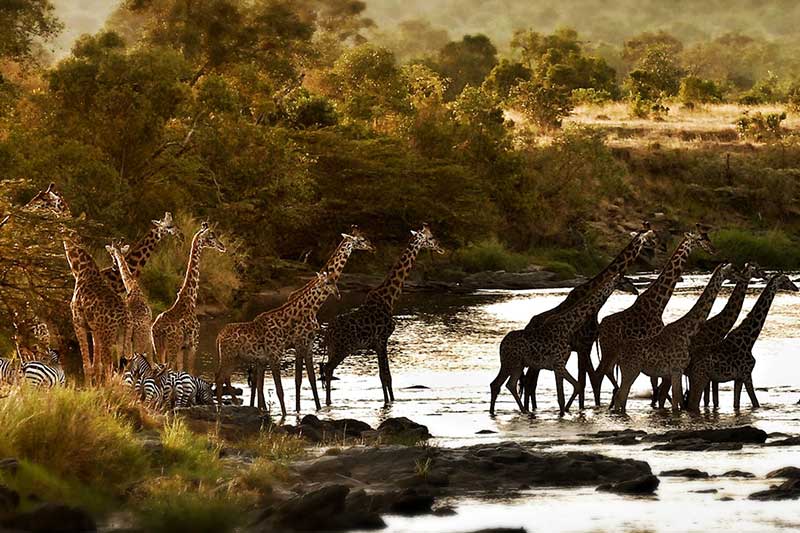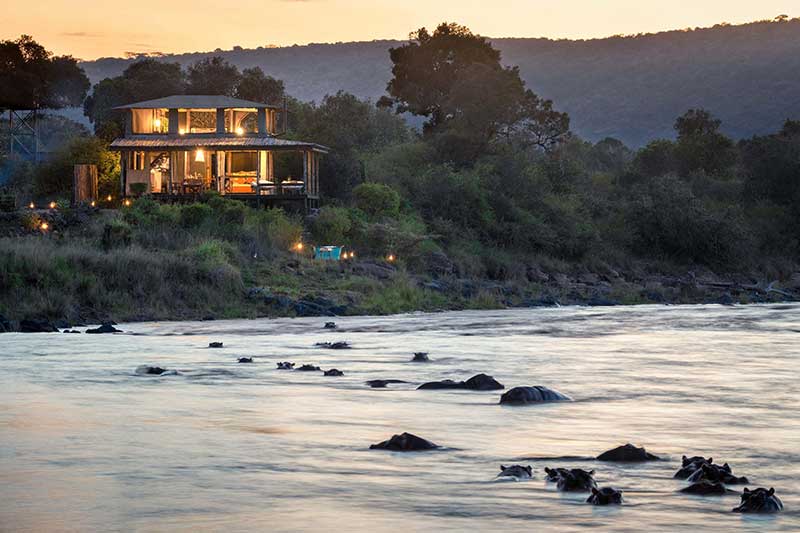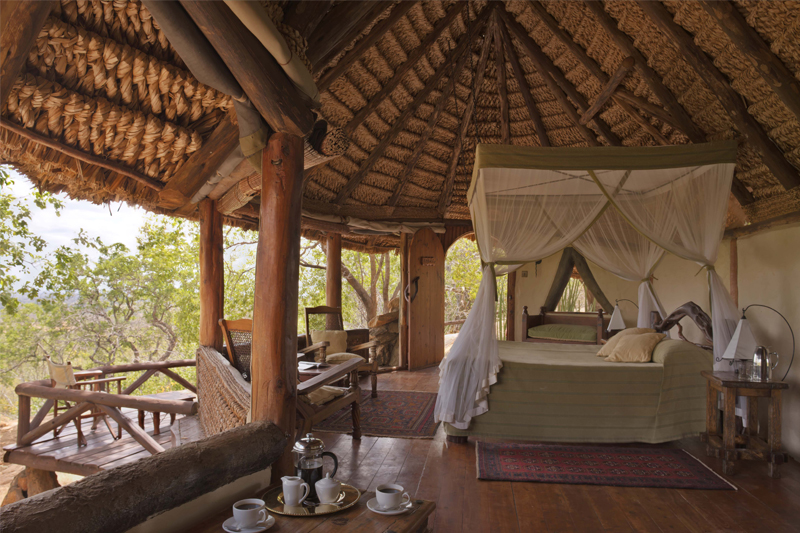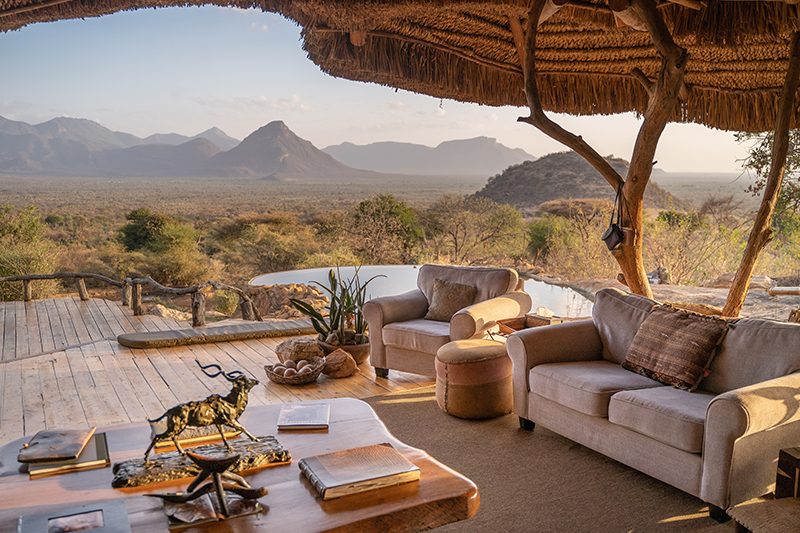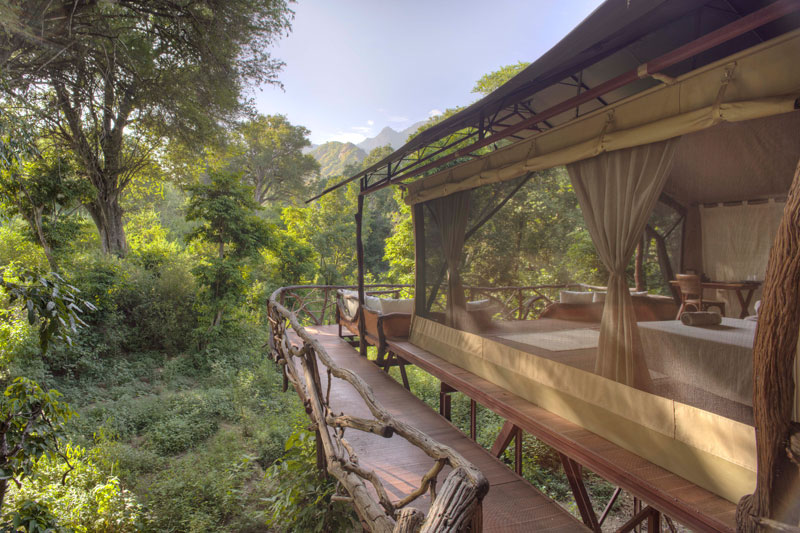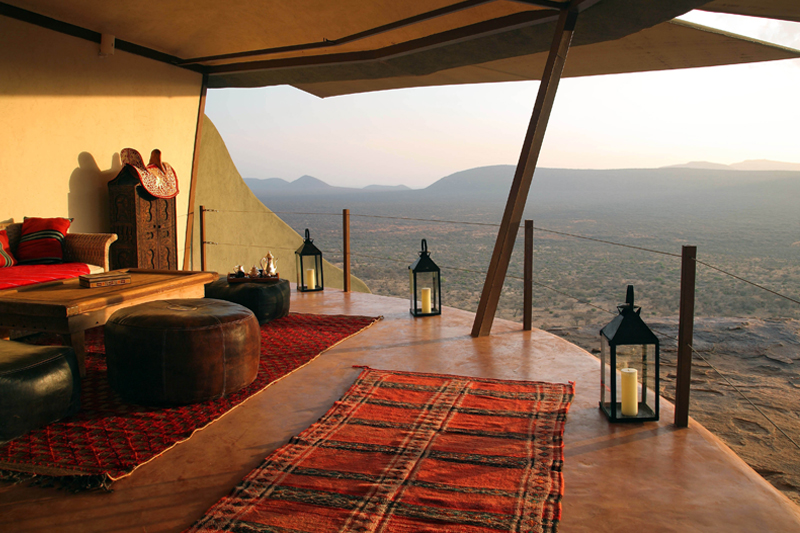Kenya Safari Accommodation
Discover an extremely wide range of safari accommodations in Kenya
For families, Kenya has a wide choice of child-friendly accommodation options with many Kenya safari camps and lodges offering family rooms. There is also a selection of Kenya safari accommodation, such as private houses, that are exclusive use. Some camps are particularly great for younger guests with safari guides that focus on engaging activities for children, while some camps and lodges offer kids’ clubs, and babysitting services. For honeymooners, Kenya is a stunning destination with safari camps to match all budgets as well as easy access to beaches on the Kenyan coast for combining a safari with a beach element.
For the adventurous, there are well-organised but simple ‘fly-camping’ options, usually associated with walking or horse-riding safaris, or more traditional luxury mobile safaris offering exclusivity and a taste of what exploratory safaris used to be like. At the luxury end of the market, there are various properties that offer very high levels of comfort, though in Kenya ‘wow’ factor in these places tends to come more from character, location and exclusivity, rather than the ‘technical’ luxury and sophistication on offer.

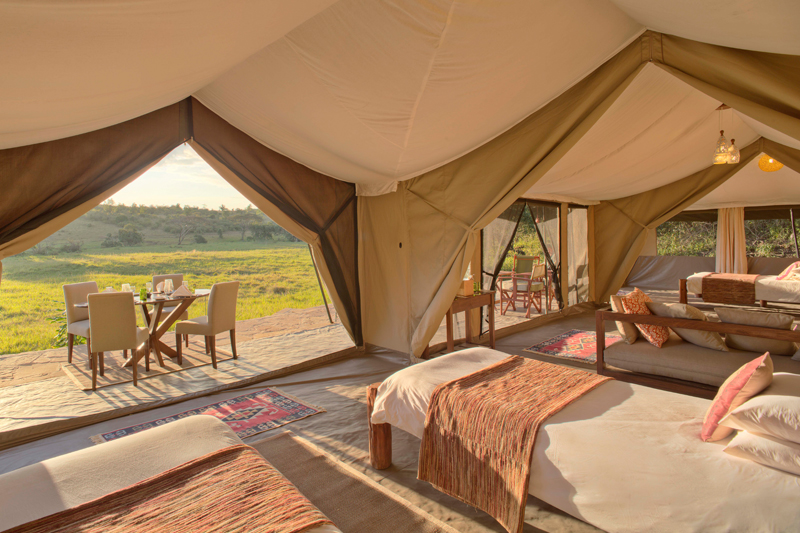
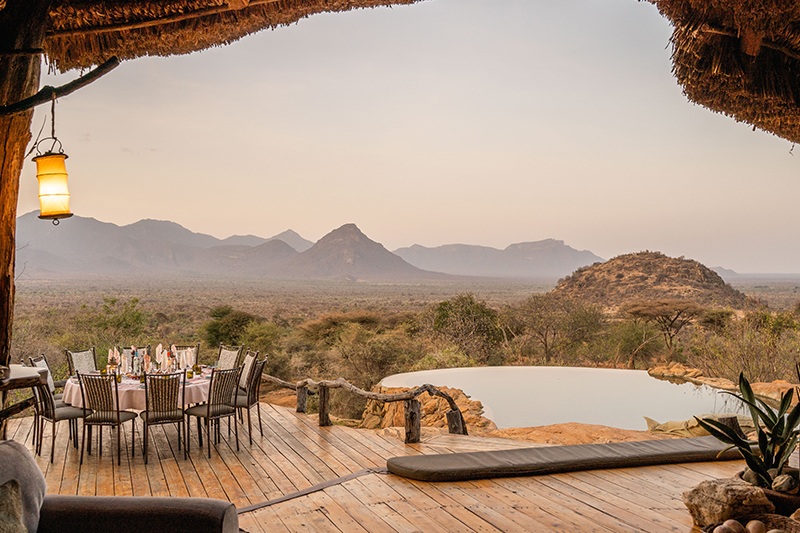
WHERE TO STAY IN KENYA? BEST LODGES AND CAMPS
Kenya has an impressive network of protected areas made up of 65 national parks and reserves as well as dozens of private and community conservancies. Some parks, such as the Masai Mara and Amboseli, are rightly world famous. Other regions, such as Laikipia or Meru and much lesser known but are every bit as rewarding.
Kenya is the original home of the safari and is perhaps best known for offering superb hospitality throughout it’s luxury lodges, bush homesteads and intimate tented camps. Please find below a variety of individual properties and safari options available in Kenya, listed by region.
To learn more about the individual accommodation styles on safari, please visit our dedicated Accommodation on Safari section off our home page. Alternatively, please call us on +44 (0) 1787 888590 to discuss your Kenya safari requirements with one of our specialists, or email us via our Contact Us page.
Amboseli offers superb game viewing, especially for elephant which have been studied here for many years. Lying at an altitude of nearly 4,000ft at the foot of Africa’s highest mountain, Kilimanjaro. The melting snows feed rivers and springs which in turn supply water to Amboseli’s swamps and the (seasonal) lake. The mountain makes a scenic backdrop for photographing the variety of wildlife that is seen here.
The coastal region is dominated by the better known centres of Mombasa and Malindi/Watamu. Close to Malindi is the beautiful Watamu Marine Park which offers good snorkelling opportunities, though be aware that the beaches can be affected by seaweed in July and August.
Some of the best beach conditions in Kenya are found to the south of Mombasa, where the famous Diani village has a mixture of both large beach resorts and small, exclusive beach houses.
Running north to south through the heart of Kenya, the Great Rift Valley is home to a series of lakes including the vast Turkana in the north (known as the Jade Sea), followed by Baringo, Bogoria, Nakuru, Elmentaita, Naivasha and in the far south, Magadi. Lake Natron begins on the border with Tanzania and stretches away to the south.
The heavily alkaline lakes such as Bogoria, Nakuru, Elmentaita, Magadi and Natron are rich in blue-green algae which attracts vast flocks of greater and lesser flamingos, whilst the predominantly freshwater lakes of Turkana, Baringo and Naivasha are home to populations of hippo, crocodile and a wide range of water birds. The Shompole Conservancy, in the south, is an exclusive wilderness area which is owned by the local Maasai community and offers a more specialist safari experience, including overnight photography hides.
This huge tract of wilderness, running from Mount Kenya and Samburu in the east to the Great Rift Valley in the west, offers a wide range of experiences alongside conventional game drives, including culture and community, big game and conservation, walking, horse riding, fly-camping, river swimming, helicopter flights, camel riding and climbing.
Situated on Kenya’s south-western border with Tanzania’s famous Serengeti plains, the Masai Mara is one of the few areas where animals can be seen in the large numbers that existed a hundred years ago.
Lying at an altitude of around 5500 ft, the habitat is predominantly open grassland plains dotted with trees and thickets, and incised with forested drainage lines. The Mara and Talek rivers flow, or hold water, throughout the year, sustaining the vast wildlife population. The diverse habitat enables many different species to co-exist, including the Big 5 – elephant, black rhino, Cape buffalo, lion and leopard. The birdlife too is impressive with over 500 species recorded.
Meru National Park is located northeast of Mount Kenya and while the park itself is 870 square kms, it extends into adjacent Bisanadi, Mwingi and Rahole National Reserves, as well as Kora National Park, creating a vast wilderness area. There are five major vegetation types/habitats to be found in Meru and this accounts for the wide variety of animals and birds to be seen, including species found in the drier northern regions – reticulated giraffe, Beisa oryx, lesser kudu, Grevy’s zebra, and gerenuk.
Meru National Park has recovered somewhat since the devastating poaching of the 1980s, but still remains far less visited than other parks in Kenya. The game viewing is good, if a little unpredictable at times, but with very few camps or lodges, Meru does offer real exclusivity.
Samburu is a relatively small reserve, but is continuous with two further protected areas, the Buffalo Springs Game Reserve and Shaba National Park, and some surrounding community lands offering low-impact tourism.
The reserves lie at an altitude of around 3,000ft about 100 kms north of Mount Kenya, and have a typical semi-arid habitat comprising essentially of acacia bush thicket, doum palm groves, and riverine woodland opening out into patches of saltbush grasslands and seepages. The Ewaso Nyiro River is the region’s lifeline, and responsible for the large animal populations, especially elephant and leopard, viewings of which are excellent.



